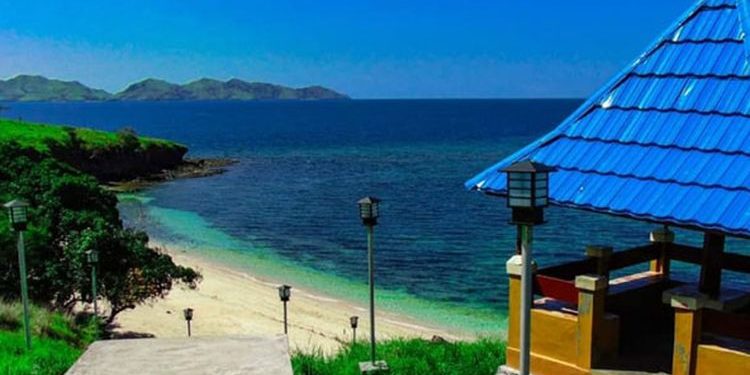When the great tsunami hit the northern coast of Flores in 1992, the fisherman and many families barely managed to escape.
But now, the forest is an established natural habitat, and wildlife and birds have moved back to stay. Local people have the right to harvest fish and shellfish and to collect leaves that are used to season food and bark for traditional medicine, but it is prohibited to chop the trees for building.
The forest survives only from the donations of visitors but should be recognized as a living monument to the human potential for making our planet stronger rather than weaker.
Koka Beach, lying on the south coast just an hour from Maumere city, still retains the sort of breathtaking natural beauty that might have inspired such a name.
With its two perfectly curving scimitars of white sand Koka could be a Hollywood backdrop for some tropical island fantasy.
Kelimutu was always a spiritually powerful place. Sometimes people would go mad up here or would get hopelessly lost. Atapolo Lake in particular has dark magic and can lure people to jump to their deaths.”
An unmistakable air of brooding spirituality still seems to hang over the three enigmatic crater lakes that are famous for their changing colors.
The weather changes even faster than the lakes in the highlands, and by mid-morning thick swirling rainclouds have driven us back towards the coast and towards a world of even more vibrantly changing colors.
Flores is known for its fine ikat and, in particular, the women who work at the Women’s Weaver Cooperative of Lepo Lorun have become renowned as some of the finest textile artists in the world. Alfonsa Horeng established Lepo Lorun in 2003 and has since traveled to more than 30 countries exhibiting her island’s fine ikat.
It is reassuring to see that in the village around Lepo Lorun there are many young girls who are learning this ancient tradition.
The weaving communities of Maumere are also realizing the benefits of reviving time-proven values.



